Metales pesados, parámetros funcionales de los espermatozoides y su asociación con la infertilidad masculina
Resumen
Introducción. La exposición ambiental a metales pesados, como el As, Al, Cr, Mn, Fe, Co, Ni, Cu, Zn, Se, Mo, Cd, Sn, Sb, W, Tl, Pb y U induce a efectos perjudiciales en la salud reproductiva, suprimiendo la motilidad de los espermatozoides al alterar el sistema antioxidante espermático. Objetivo. Discutir la exposición a metales pesados y su relación con parámetros funcionales de los espermatozoides asociados a la infertilidad masculina. Metodología. Es un estudio con enfoque cualitativo, de diseño no experimental, transversal y descriptivo. Se emplearon bases de datos como Lens, Scopus, Scielo, PubMed y Elsevier para identificar las publicaciones utilizando palabras claves y operadores booleanos. Resultados. Mediante revisión bibliográfica se logró interpretar los efectos que causan los metales pesados en la salud reproductiva masculina. Conclusión. Se evidencia que la exposición prolongada a ciertos metales pesados altera la función testicular, lo que conduce a una mayor fragmentación del ADN, alteraciones en la morfología, motilidad y concentración del esperma, incrementando así la infertilidad en el varón.
Descargas
Citas
Aisyah, C. R., Mizuno, Y., Masuda, M., Iwamoto, T., Yamasaki, K., Uchida, M., Kariya, F., Higaki, S., & Konishi, S. (2023). Association between Sperm Mitochondrial DNA Copy Number and Concentrations of Urinary Cadmium and Selenium. Biological Trace Element Research, 1-13. https://doi.org/10.1007/s12011-023-03868-w
Almasmoum, H., Refaat, B., Ghaith, M. M., Almaimani, R. A., Idris, S., Ahmad, J., Abdelghany, A. H., BaSalamah, M. A., & El-Boshy, M. (2019). Protective effect of Vitamin D3 against lead induced hepatotoxicity, oxidative stress, immunosuppressive and calcium homeostasis disorders in rat. Environmental Toxicology and Pharmacology, 72, 103246.
https://doi.org/10.1016/j.etap.2019.103246
Asmuss, M., Mullenders, L. H. F., Eker, A., & Hartwig, A. (2000). Differential effects of toxic metal compounds on the activities of Fpg and XPA, two zinc finger proteins involved in DNA repair. Carcinogenesis, 21(11), 2097-2104. https://doi.org/10.1093/carcin/21.11.2097
Balali-Mood, M., Naseri, K., Tahergorabi, Z., Khazdair, M. R., & Sadeghi, M. (2021). Toxic Mechanisms of Five Heavy Metals: Mercury, Lead, Chromium, Cadmium, and Arsenic. Frontiers in Pharmacology, 12. https://www.frontiersin.org/articles/10.3389/fphar.2021.643972
Benoff, S., Jacob, A., & Hurley, I. R. (2000). Male infertility and environmental exposure to lead and cadmium. Human Reproduction Update, 6(2), 107-121. https://doi.org/10.1093/humupd/6.2.107
Beyersmann, D., & Hartwig, A. (2008). Carcinogenic metal compounds: Recent insight into molecular and cellular mechanisms. Archives of Toxicology, 82(8), 493-512.
https://doi.org/10.1007/s00204-008-0313-y
Dahl, J.-U., Gray, M. J., & Jakob, U. (2015). Protein Quality Control under Oxidative Stress Conditions. Journal of Molecular Biology, 427(7), 1549-1563. https://doi.org/10.1016/j.jmb.2015.02.014
De Souza Predes, F., Diamante, M. A. S., & Dolder, H. (2010). Testis response to low doses of cadmium in Wistar rats. International Journal of Experimental Pathology, 91(2), 125-131. https://doi.org/10.1111/j.1365-2613.2009.00692.x
Ghafouri-Fard, S., Shoorei, H., Mohaqiq, M., Tahmasebi, M., Seify, M., & Taheri, M. (2021). Counteracting effects of heavy metals and antioxidants on male fertility. Biometals: An International Journal on the Role of Metal Ions in Biology, Biochemistry, and Medicine, 34(3), 439-491. https://doi.org/10.1007/s10534-021-00297-x
Hardneck, F., Israel, G., Pool, E., & Maree, L. (2018). Quantitative assessment of heavy metal effects on sperm function using computer-aided sperm analysis and cytotoxicity assays. Andrologia, 50(10), e13141. https://doi.org/10.1111/and.13141
Hartwig, A., Asmuss, M., Ehleben, I., Herzer, U., Kostelac, D., Pelzer, A., Schwerdtle, T., & Bürkle, A. (2002). Interference by toxic metal ions with DNA repair processes and cell cycle control: Molecular mechanisms. Environmental Health Perspectives, 110 Suppl 5(Suppl 5), 797-799. https://doi.org/10.1289/ehp.02110s5797
Hassani, H. H., Mohamed, W. M., Hasan, H. R., Majeed, B. J., & Khalf, Z. S. (2016). Heavy Metal Pollution and Men Infertility in Al-Falluja City. Baghdad Science Journal, 13(4), 0819. https://doi.org/10.21123/bsj.2016.13.4.0819
Helleday, T. (2003). Pathways for mitotic homologous recombination in mammalian cells. Mutation Research/Fundamental and Molecular Mechanisms of Mutagenesis, 532(1), 103-115. https://doi.org/10.1016/j.mrfmmm.2003.08.013
Hengstler, J. G., Bolm-Audorff, U., Faldum, A., Janssen, K., Reifenrath, M., Götte, W., Jung, D., Mayer-Popken, O., Fuchs, J., Gebhard, S., Bienfait, H. G., Schlink, K., Dietrich, C., Faust, D., Epe, B., & Oesch, F. (2003). Occupational exposure to heavy metals: DNA damage induction and DNA repair inhibition prove co-exposures to cadmium, cobalt and lead as more dangerous than hitherto expected. Carcinogenesis, 24(1), 63-73. https://doi.org/10.1093/carcin/24.1.63
Jin, Y. H., Clark, A. B., Slebos, R. J. C., Al-Refai, H., Taylor, J. A., Kunkel, T. A., Resnick, M. A., & Gordenin, D. A. (2003). Cadmium is a mutagen that acts by inhibiting mismatch repair. Nature Genetics, 34(3), 326-329. https://doi.org/10.1038/ng1172
Khoei, H. H., Ziarati, N., Dehkordi, M. K., & Tobbraghale, T. R. (2021). Relationship Between Heavy Metal levels in Seminal Plasma and Sperm Quality in Iranian Men. Men's Health Journal, 5(1), e6-e6. https://doi.org/10.22037/mhj.v5i1.33140
Khoramdel, H., Farzadinia, P., Shariati, M., Mokhtari, M., & Bargahi, A. (2020). Relation Between Cadmium and Mercury and the Deficiency of Human Sperm Nucleus, 7(3),331-335. https://www.cjmb.org/pdf.php?id=406
Kim, H. S., Kim, Y. J., & Seo, Y. R. (2015). An Overview of Carcinogenic Heavy Metal: Molecular Toxicity Mechanism and Prevention. Journal of Cancer Prevention, 20(4), 232-240. https://doi.org/10.15430/JCP.2015.20.4.232
Koyama, H., Kamogashira, T., & Yamasoba, T. (2024). Heavy Metal Exposure: Molecular Pathways, Clinical Implications, and Protective Strategies. Antioxidants, 13(1), Article 1. https://doi.org/10.3390/antiox13010076
Kudryavtseva, A. V., Krasnov, G. S., Dmitriev, A. A., Alekseev, B. Y., Kardymon, O. L., Sadritdinova, A. F., Fedorova, M. S., Pokrovsky, A. V., Melnikova, N. V., Kaprin, A. D., Moskalev, A. A., & Snezhkina, A. V. (2016). Mitochondrial dysfunction and oxidative stress in aging and cancer. Oncotarget, 7(29), 44879-44905. https://doi.org/10.18632/oncotarget.9821
Kumar, N., & Singh, A. K. (2015). Trends of male factor infertility, an important cause of infertility: A review of literature. Journal of Human Reproductive Sciences, 8(4), 191-196. https://doi.org/10.4103/0974-1208.170370
Litwin, I., Mucha, S., Pilarczyk, E., Wysocki, R., & Maciaszczyk-Dziubinska, E. (2021). Complex Mechanisms of Antimony Genotoxicity in Budding Yeast Involves Replication and Topoisomerase I-Associated DNA Lesions, Telomere Dysfunction and Inhibition of DNA Repair. International Journal of Molecular Sciences, 22(9), Article 9.
https://doi.org/10.3390/ijms22094510
Markkanen, E. (2017). Not breathing is not an option: How to deal with oxidative DNA damage. DNA Repair, 59, 82-105. https://doi.org/10.1016/j.dnarep.2017.09.007
McNeill, D. R., Wong, H.-K., Narayana, A., & Wilson III, D. M. (2007). Lead promotes abasic site accumulation and co-mutagenesis in mammalian cells by inhibiting the major abasic endonuclease Ape1. Molecular Carcinogenesis, 46(2), 91-99. https://doi.org/10.1002/mc.20196
Morey, G., Puga, T., Blum, X., González, M., Narváez, A., & Sorroza, N. (2020). Caracterización de la calidad del semen en hombres atendidos en un centro de reproducción asistida en Guayaquil, Ecuador. Revista Peruana de Medicina Experimental y Salud Pública, 37(2), 292-296. https://doi.org/10.17843/rpmesp.2020.372.4973
Nsonwu, A., Raymond Ekong, E., Jeremiah Offor, S., Francis Awusha, O., Chukwuma Orji, O., Idiongo Umoh, E., Aleruchim Owhorji, J., Rowland Emetonjor, F., & Adanna Opara Usoro, C. (2019). Heavy metals, biomarkers of oxidative stress and changes in sperm function: A case-control study. International Journal of Reproductive Biomedicine, 17(3), 163-174.
https://doi.org/10.18502/ijrm.v17i3.4515
OMS. (2023). La OMS alerta de que una de cada seis personas padece esterilidad. https://www.who.int/es/news/item/04-04-2023-1-in-6-people-globally-affected-by-infertility
Pachauri, V., & Flora. (2010). Chelation in Metal Intoxication. International Journal of Environmental Research and Public Health, 7(7), Article 7. https://doi.org/10.3390/ijerph7072745
Reinardy, H. C., Syrett, J. R., Jeffree, R. A., Henry, T. B., & Jha, A. N. (2013). Cobalt-induced genotoxicity in male zebrafish (Danio rerio), with implications for reproduction and expression of DNA repair genes. Aquatic Toxicology, 126, 224-230.
https://doi.org/10.1016/j.aquatox.2012.11.007
Shrivastav, N., Li, D., & Essigmann, J. M. (2010). Chemical biology of mutagenesis and DNA repair: Cellular responses to DNA alkylation. Carcinogenesis, 31(1), 59-70.
https://doi.org/10.1093/carcin/bgp262
Wang, W. Y.-X., Wang, P., Feng, W., Liu, C., Yang, P., Chen, Y.-J., Sun, L., Sun, Y., Yue, J., Gu, L.-J., Zeng, Q., & Lu, W.-Q. (2017). Relationships between seminal plasma metals/metalloids and semen quality, sperm apoptosis and DNA integrity. Environmental Pollution, 224, 224-234. https://doi.org/10.1016/j.envpol.2017.01.083
Wang, Y., Su, M., Chen, Y., Huang, X., Ruan, L., Lv, Q., & Li, L. (2023). Research progress on the role and mechanism of DNA damage repair in germ cell development. Frontiers in Endocrinology, 14, 1234280. https://doi.org/10.3389/fendo.2023.1234280
Wang, Y.-X., Sun, Y., Huang, Z., Wang, P., Feng, W., Li, J., Yang, P., Wang, M., Sun, L., Chen, Y.-J., Liu, C., Yue, J., Gu, L.-J., Zeng, Q., & Lu, W.-Q. (2016). Associations of urinary metal levels with serum hormones, spermatozoa apoptosis and sperm DNA damage in a Chinese population. Environment International, 94, 177-188. https://doi.org/10.1016/j.envint.2016.05.022
Zhou, T., Jia, X., Chapin, R. E., Maronpot, R. R., Harris, M. W., Liu, J., Waalkes, M. P., & Eddy, E. M. (2004). Cadmium at a non-toxic dose alters gene expression in mouse testes. Toxicology Letters, 154(3), 191-200. https://doi.org/10.1016/j.toxlet.2004.07.015
Zhou, Y., Fu, X.-M., He, D.-L., Zou, X.-M., Wu, C.-Q., Guo, W.-Z., & Feng, W. (2016). Evaluation of urinary metal concentrations and sperm DNA damage in infertile men from an infertility clinic. Environmental Toxicology and Pharmacology, 45, 68-73.
Derechos de autor 2024 Gabriela Estefanía Morales Barba, Pedro Rosendo Chalma, Jonnathan Gerardo Ortiz Tejedor

Esta obra está bajo licencia internacional Creative Commons Reconocimiento 4.0.





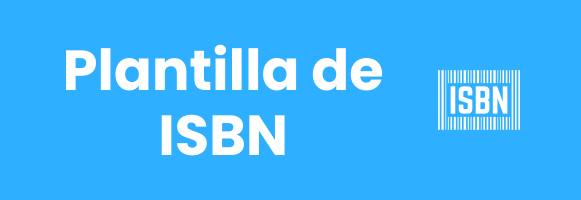




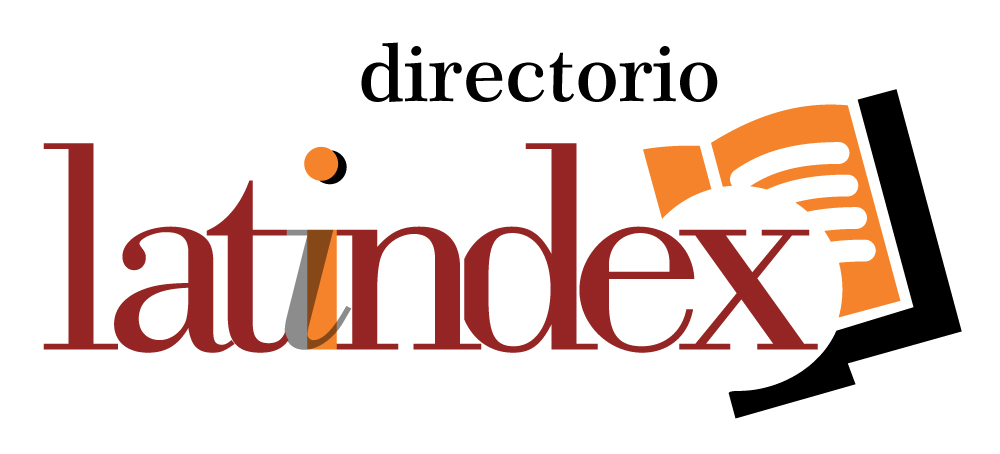
.png)
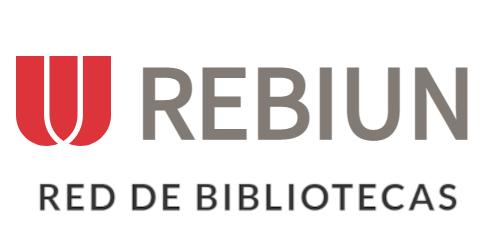







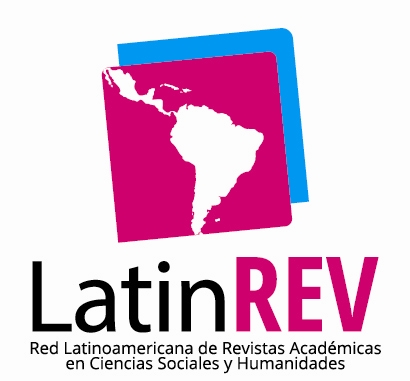

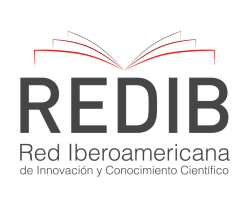


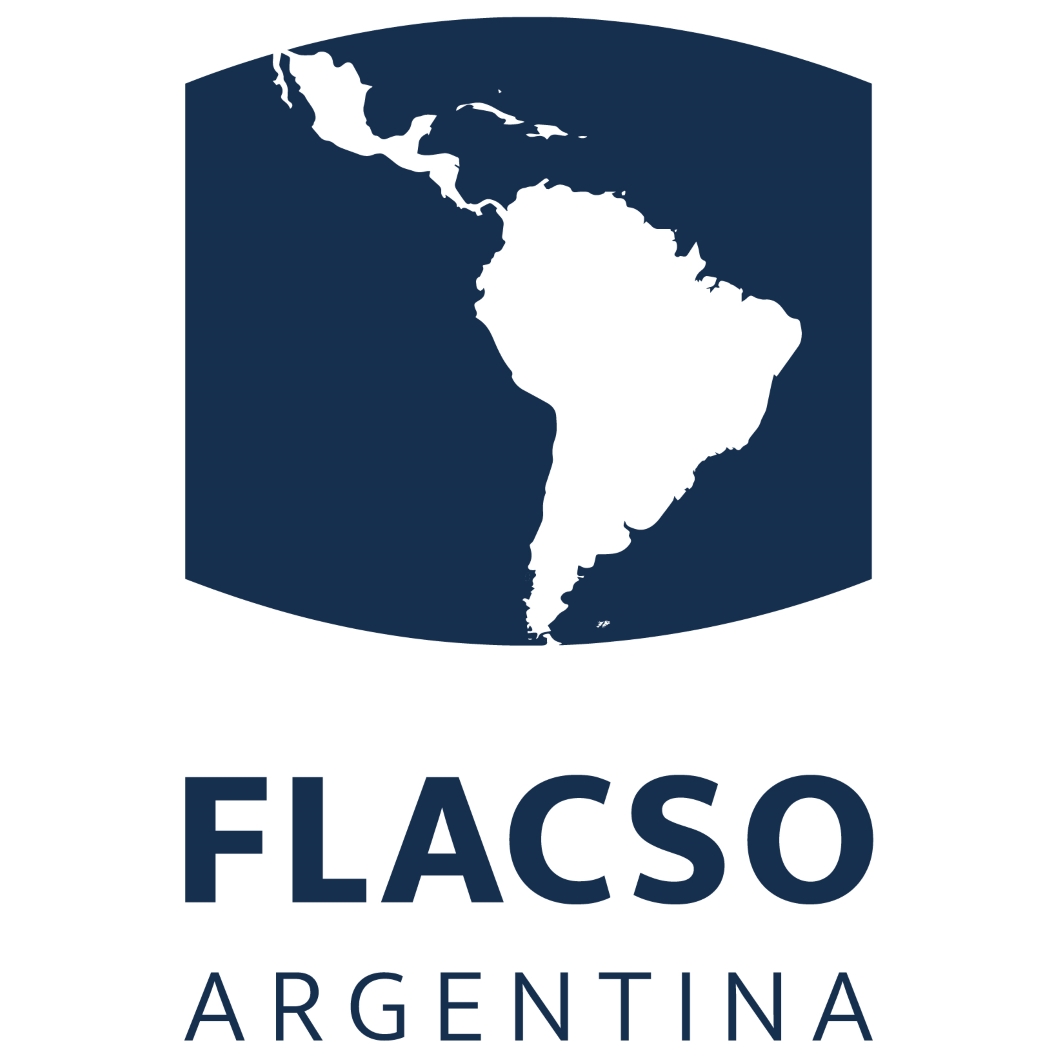






.png)
1.png)


